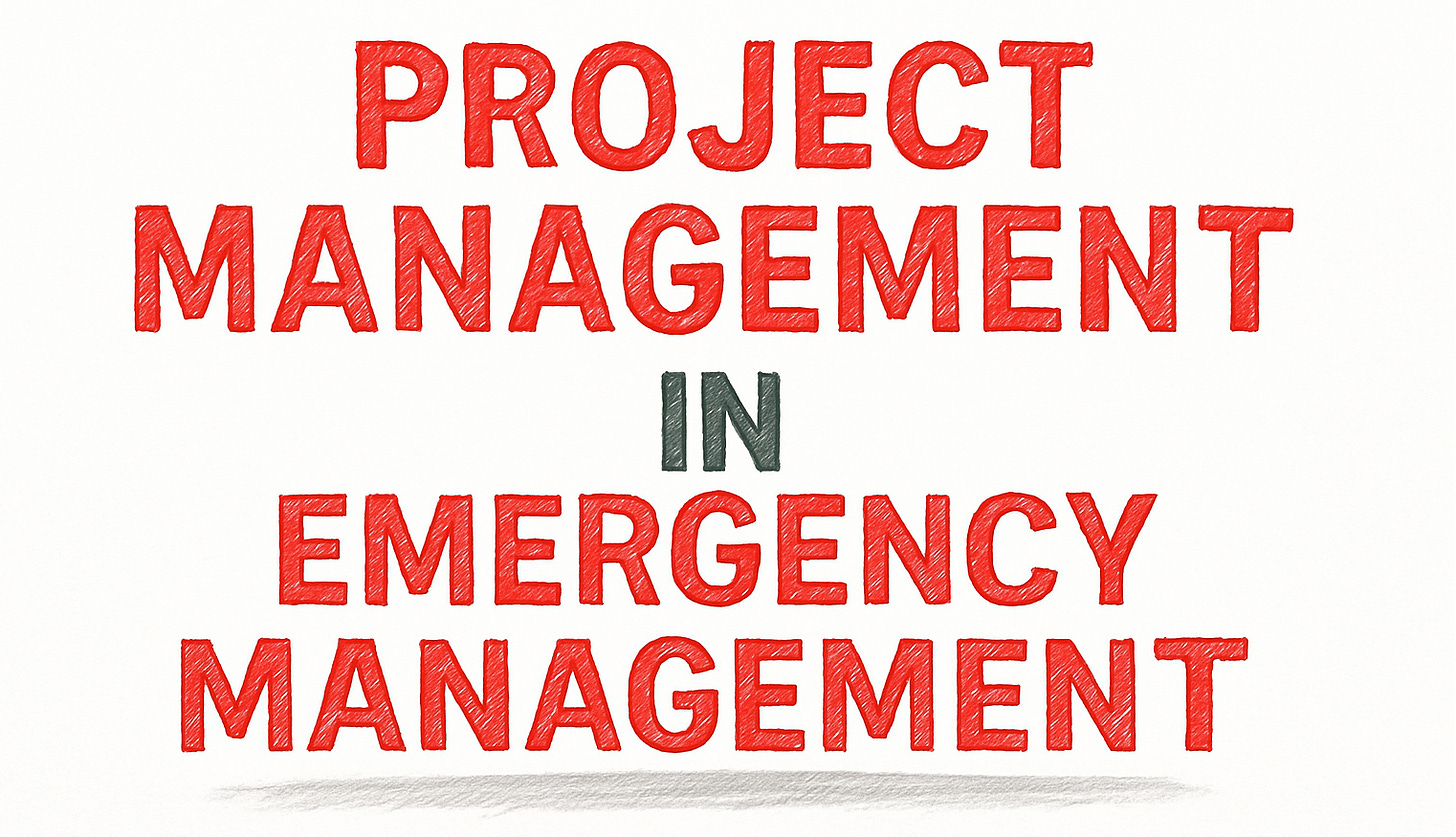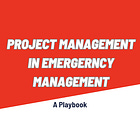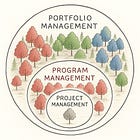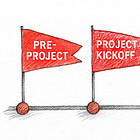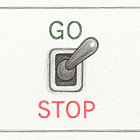Project Leadership Presentation Toolkit
Thank you for the opportunity to speak with you about what it takes to get projects done.
At The CP Journal, we exist to help leaders build organizations ready for anything.
This toolkit pulls together the key takeaways and resources from the session so you can start putting the ideas into action right away.
Project Leadership Toolkit
Here are my presentation slides to reference after the talk. The articles and resources below expand on the concepts from the deck, putting words to the images and providing deeper context you can apply in your own work.
I’m a firm believer that project management skills can truly set top performers apart from their peers. The reputation for getting things done, both during blue-sky and grey-sky times, is something that will always be in demand.
This article offers recommendations for early-career, mid-career, and director-level emergency managers to develop and enhance their project management skills.
How an Office of Emergency Management organizes itself to effectively prepare its organization, government, or community for disasters is a critical decision, as it is how strategy is translated into action.
This article shows how a Project Management Office (PMO) can provide that structure through clearly defined roles, structured project approval, and a consistent operating cadence for preparedness projects.
This Playbook (available to paying subscribers through our Academy) outlines the steps and skills needed to turn organizational needs into proven capabilities.
This playbook is being developed alongside our client work and projects to help you shorten the time needed to complete your projects.
Starting a new project is exciting, but how you start determines whether the team will be able to keep advancing once the initial energy and attention fade.
This article outlines three questions I encourage clients to think about as we begin a new project to ensure we know what we’re aiming for, are aware of what could slow the project down, and are identifying who needs to be involved.
In emergency management, we often assume that preparedness follows a continuous cycle—moving from assessment to planning, then to training and exercises, before looping back to assessment. In practice, the preparedness cycle often looks more like a square than a circle, which has a negative impact on our readiness.
This article looks at the skills and planning needed to integrate start-to-start sequencing into our projects and reclaim the benefits of fluid forward progress promised in our preparedness cycle.
Preparing for an uncertain future is tricky—you can’t know in advance which capability will tip the scales between success and failure. That uncertainty leads to a dangerous assumption: if anything might be the difference, then everything becomes a priority.
This article, available as part of our “left of bang leadership” series for paying subscribers to The CP Journal, outlines ways to sharpen your go/no-go process for both emerging and seasoned executives.
We support public and private sector organizations in their work to get left of bang through preparedness, improved decision-making, and proactive leadership.
This page outlines our projects and explains how to determine if we’re a good fit for your next initiative.
Looking for something else? Email Patrick Van Horne | patrick@cp-journal.com

